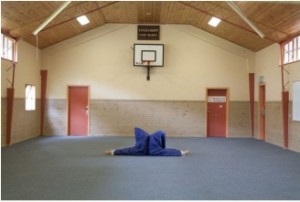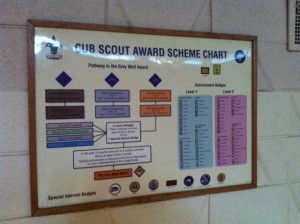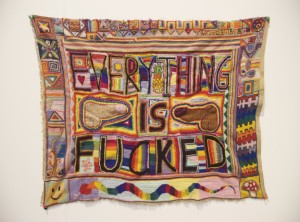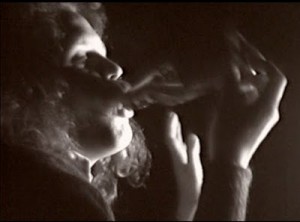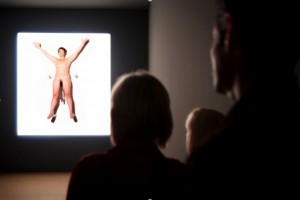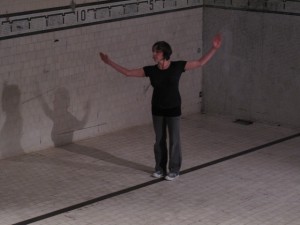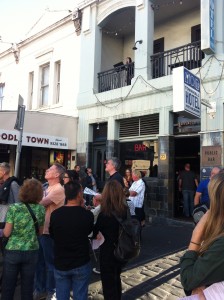Back and forth
Do you like this quote or not?
I love the Plath quote.
‘If a neurotic is wanting two mutually exclusive things at one and the same time, then I’m neurotic as hell. I’ll be flying back and forth between one mutually exclusive thing and another for the rest of my days.’ Sylvia Plath, The bell jar.
Tell me why it’s on topic?
OK maybe it’s not on topic I just liked it because I was thinking about us writing this and the voices and the perceived judgment and the ‘tone’ of the writing that has its own little neurotic struggle going on within it as part of its own trauma … just thought it was a funny tangle of crisis. OK I understand. Perceived judgment and perceived objectivity. Words can’t be, should never be, props for work—they are as structurally unsound as any other mark, object. Words can seem like such contained concrete markers but I reject that! In that case, here are some words. They’re just words.
Soft eyes huh? Are these uncritical eyes or are these intoxicated eyes?
I was thinking that I hope it’s both, maybe uncritical is too loaded a term … ‘loose eyes’? Loose eyes so one doesn’t edit everything out and open enough to offer things up. They’re open eyes, sure. In season 4 episode 4 of The wire one investigator tells the other, you need ‘soft eyes’ on a crime scene. This is something Sarah Crowest talks about. I think it’s a willingness or ability to see with openness what is previously unseen. You make a decision to see with soft eyes. It’s not about a default—it’s more concerned with working against the default. Determinedly going towards an unknown. Making as looking, seeking.
I know I sound like a sap (how could you sound like a sap in comparison to the romance I just spewed up?) but it’s the same way you love or befriend another person—so you are searching for more things to love, you’re kind of hungry for that and then at the same time you’re trying to block out the bad bits: weird noisy eating, bad performance in the sack … etc.
Hungry eyes.
This made me think about soft ears, which is getting off topic too … soft ears for sound art … ? Ha. Isn’t that what any practice is doing? Art-making is a research. Editing has a place here definitely, but I’m more interested in the speculative process which precedes it. We have talked a lot about the importance of editing but then we’re both pretty neurotic—editing is a form of neurosis right? right?!—and maybe that’s why I’m interested in the more investigative—it could be a propositional squint ahead as opposed to the editor’s assessing squint. (Maybe this metaphor isn’t working very hard.) Then again, these happen together rather than sequentially. Tomma Abts said in an interview that ‘it’s just decision after decision—an ongoing process of editing … The making itself leads the way.’ (1)
And maybe this is my question—if the process is so accumulative and kinetic then it seems frustrating for reception to be reductive and static—a dead end. By frustrating I mean stingy.
But then going way too far with this—we squint to make not only the edges fuzzy but to squeeze everything together—to Vaseline our lenses and allow ourselves the fantasy of the indeterminate better something-or-other …
Maybe.
My Mother used to say if you squint when driving down the main street of Seymour at night you can pretend you’re in New York. The wishful squint. But to go back, I’m not willing to let go of the value of proceeding without a predetermined outcome—the hungry eyes. If we’re not looking for something new what are we doing—confirming, affirming. My thinking about this way of working—process-based practice if we want to call it that—came from a conversation you and I kept returning to because of a healthy distrust maybe. Is trust a problem, are we at the old knowledge vs. faith crossroads?
OK here is an ugly question to avoid answering your ugly question: where does intuition sit? And how much value are we ascribing it? And how does training and how does theory hold hands with intuition? Oh so yukky.
OK this is good, look the ugly right in the face. I’ve been thinking about this idea of training and intuition holding hands a lot. To go back to Sarah Crowest, she writes about a very focused and determined way of using intuition as a method, a tool, to avoid affirming already-knowns. Perhaps, because maybe what we’re dancing around here is laziness (bad word? Flippancy?), it’s worth distinguishing intuition used in this way, from intuition used as a prop for style (am I going too deep into yuk here?).
To talk about this in relation to training—in Sarah’s great interview with Lizzy Newman, Lizzy talks about artists needing to address (I think she calls it an ethical requirement actually) the zone of unknown knowledge which she pitches against an overly prescriptive, didactic training at art school. Is this the right time to talk about the unconscious (gasp)? Which I’ve been wanting to bring up given your recent studies … Hmmm maybe I really like the idea of the subconscious doing the work.
This is a necessary part of psychoanalytic practice, everyone is taking mental notes in those sessions and the mark is made way down deep. I guess what I’m wondering is, when that ‘deep-down’ surfaces. And how much therapy/scrutiny is too much? And is this the question you are asking in the show?
I think process practices, or intuitive practices, are sometimes perceived as, and sometimes are stylistic, but I wanted to distinguish those that make a very contentious push for new logics, for research—which you can only push for by proceeding with undetermined outcomes. I wanted to think about abstraction as a means posing structural questions about our thinking and making. That is the first proposition, the first part. The second part is about intuitive practice, not through material investigation, but through associative thinking. But that is another conversation …
(1) Tomma Abts interviewed by Christopher Bedford, ‘Dear painter … ’, Frieze, no. 145, 2012.
